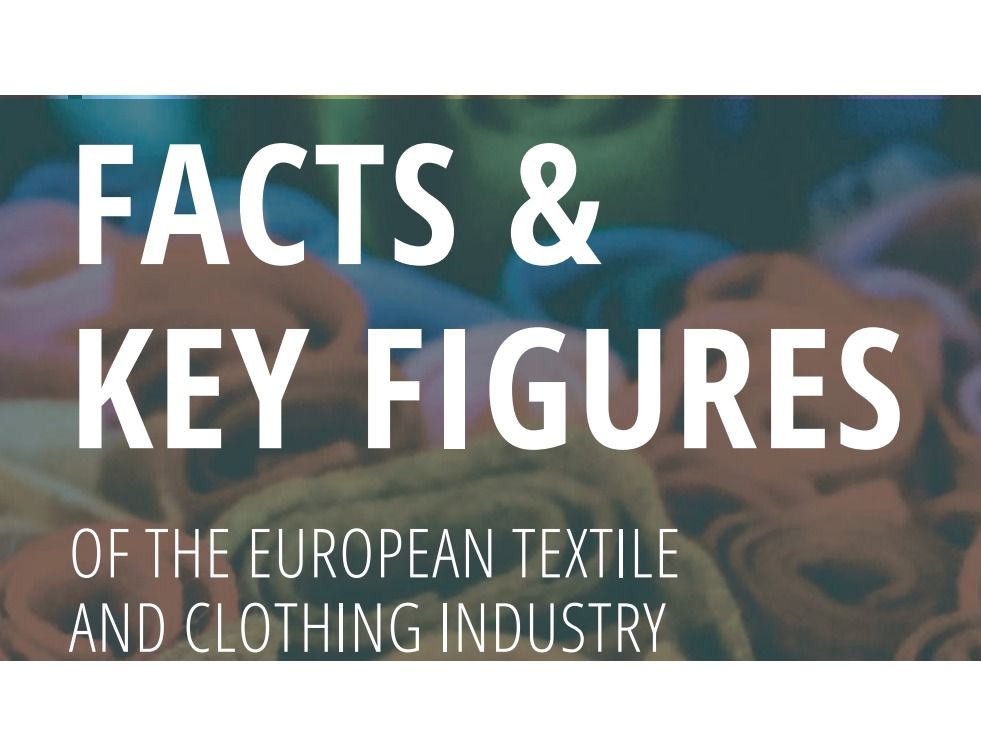Approved by curator

Added: Sep 09, 2021
Last edited: Sep 29, 2021
EURATEX provides the EU institutions with accurate data and useful tools for making the policies that enhance Europe’s economic growth and encourage jobs creation.
Through this 2020 edition, it highlights the main characteristics of the European textile industry, presents key data and important trends on trade, innovation, sustainability and more, in a context of growing demand, environmental pressure, and coronavirus crisis.
"The corona crisis has confirmed the strategic importance of the sector: the safety of healthcare workers and the population at large depend on textiles, but their importance goes far beyond. Without textile materials, no cars, airplanes or buildings can be built, nor can agrifood workers, defence and security forces or craftsmen, do their work in full, " (EURATEX, 2020)
The report has estimated the negative impact on turnover in 2020 for the textile and clothing industry to a staggering 50 billion euros.
EURATEX has been active for a couple of years now in the promotion of circular economy and this report goes further in that line of conduct. Indeed, in addition to providing performance data within the industry, it outlines solutions and put forward achievements in sustainable practices and circular economy.
One particularly interesting set of recommendations are the ones for recovery from the coronavirus crisis, which are inspired by the circular economy:
- Sustainable supply chains
- Recycling hubs innovation
- Digitalisation access to markets
- Skills and sector profile
For sustainability, these are some achievements from 2020:
- Industry certification increased to ensure safe use of chemicals
- Every year the industry uses less energy, hence less C02 to make the same amount of products
EURATEX is the European Apparel and Textile Confederation, representing the interests of the European textile and clothing industry at the level of the EU institutions. As the voice of the European industry, EURATEX aims to create favorable environment within the European Union for manufacturing of textile and clothing products.


Data, knowledge & information sharing
Metrics and indicators to measure progress
Monitoring & enforcement
Environmental assessment & permits
Public-private partnerships
